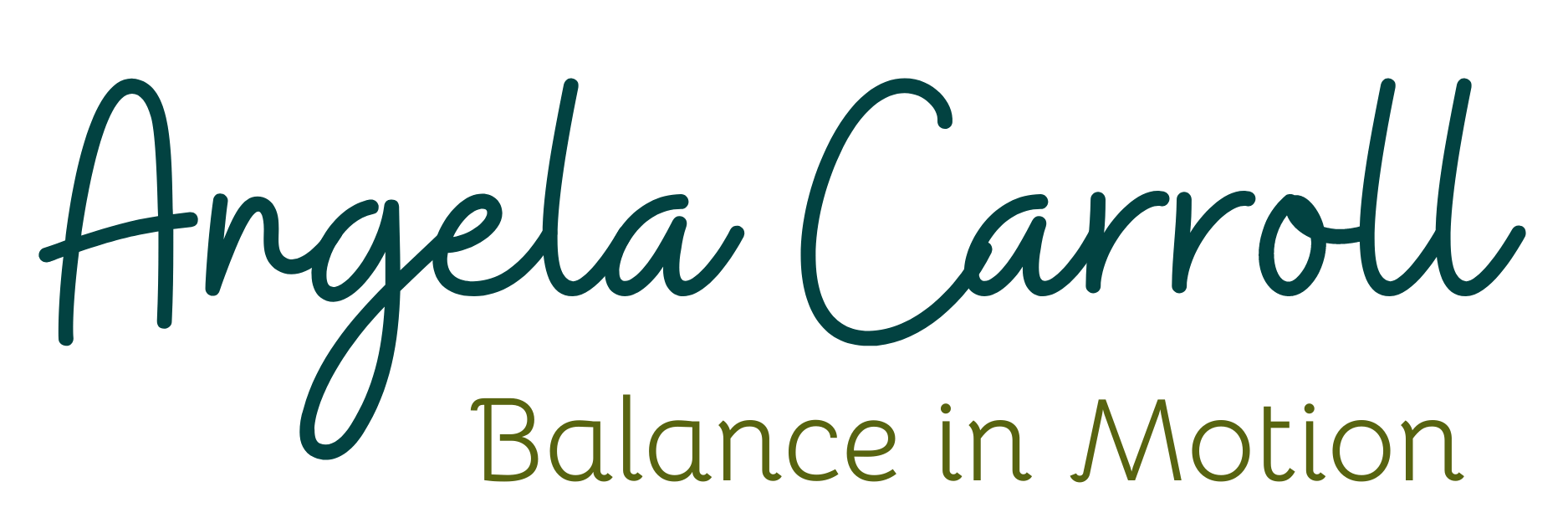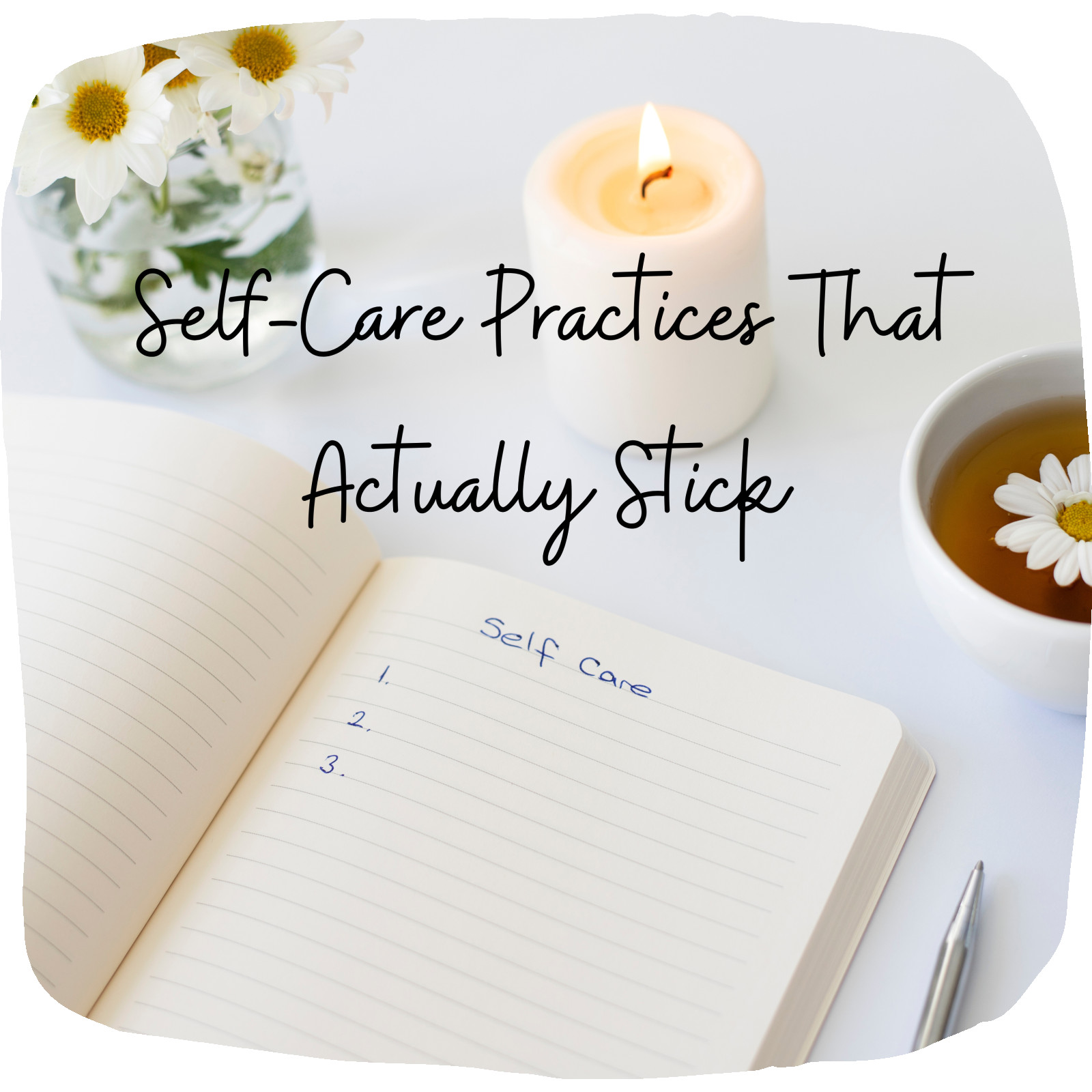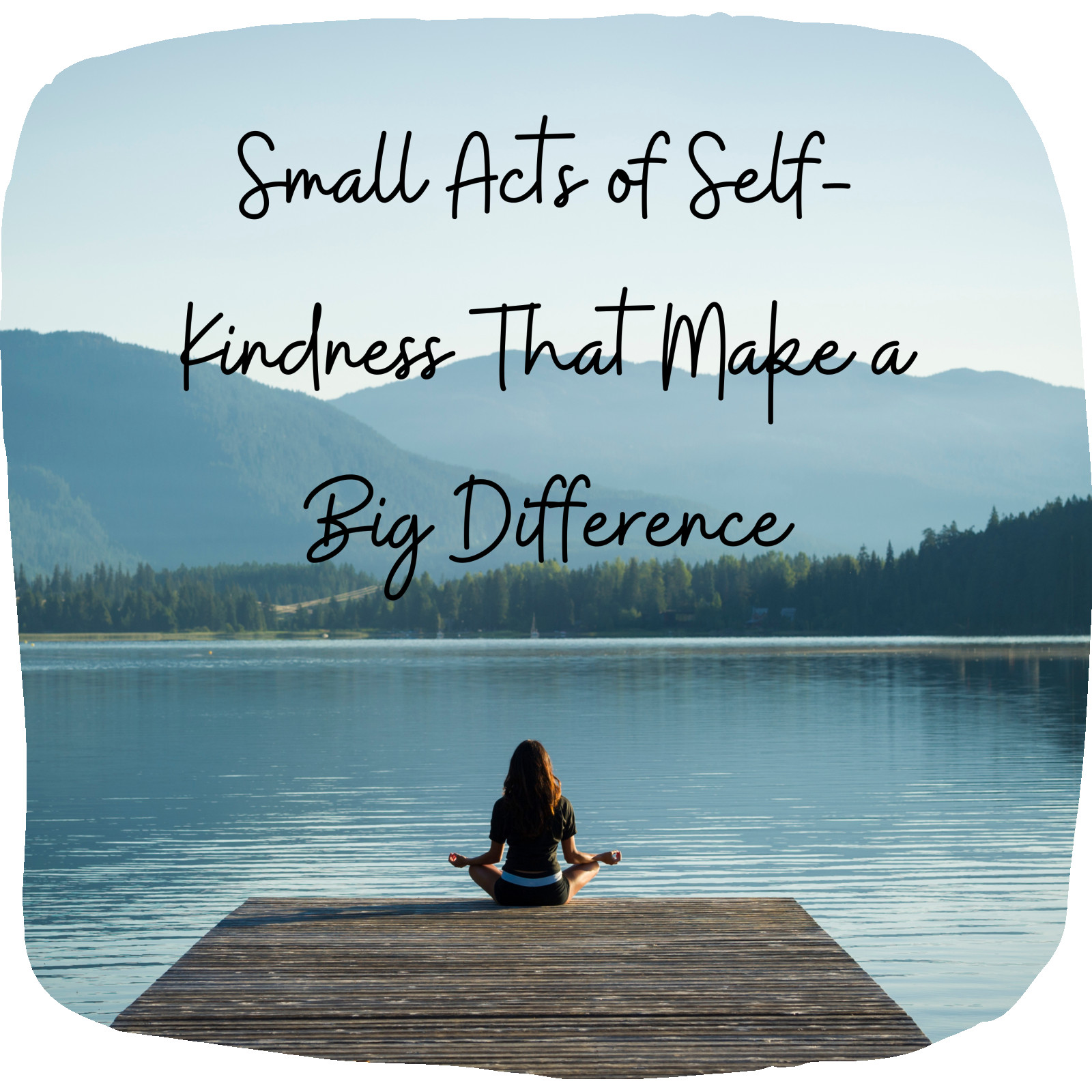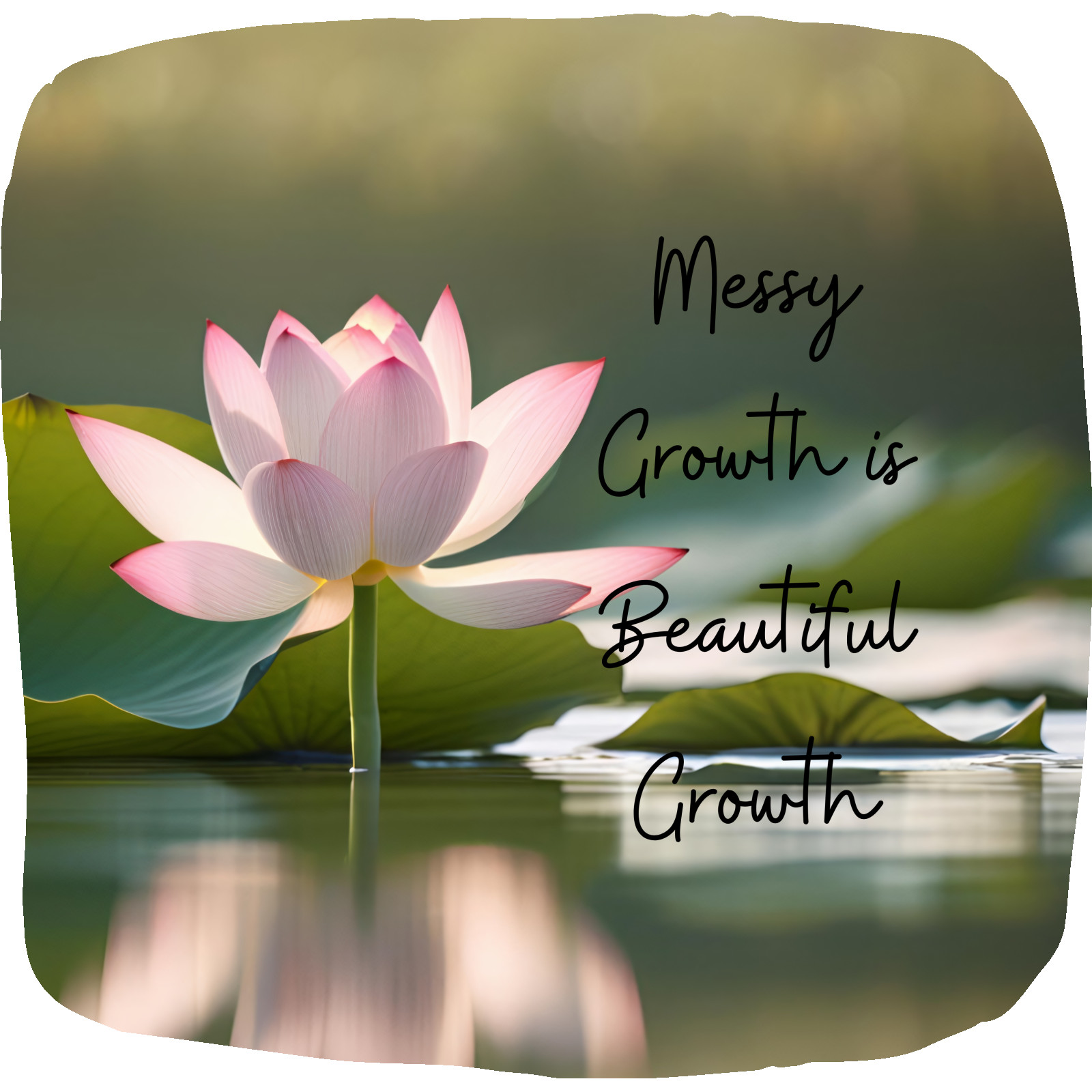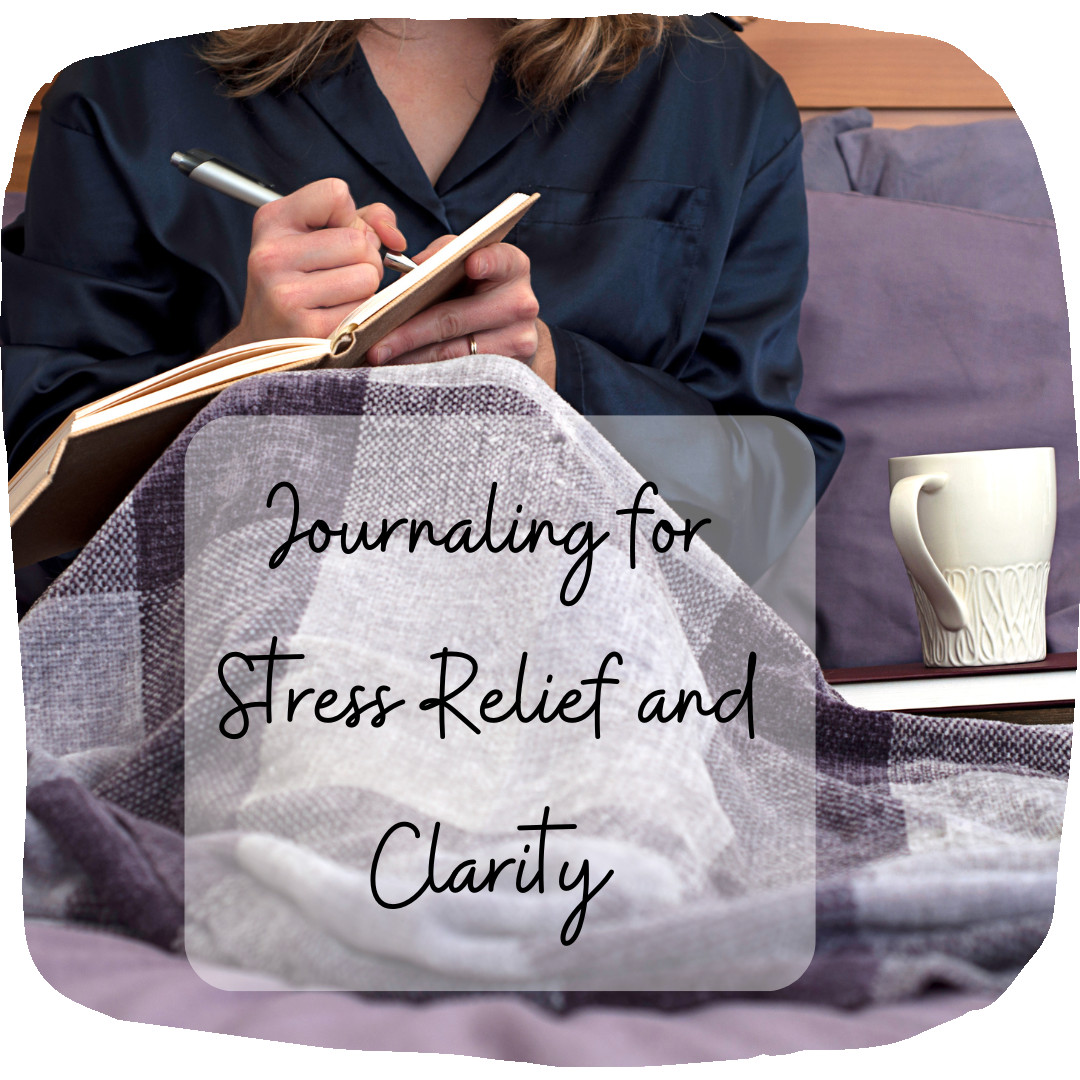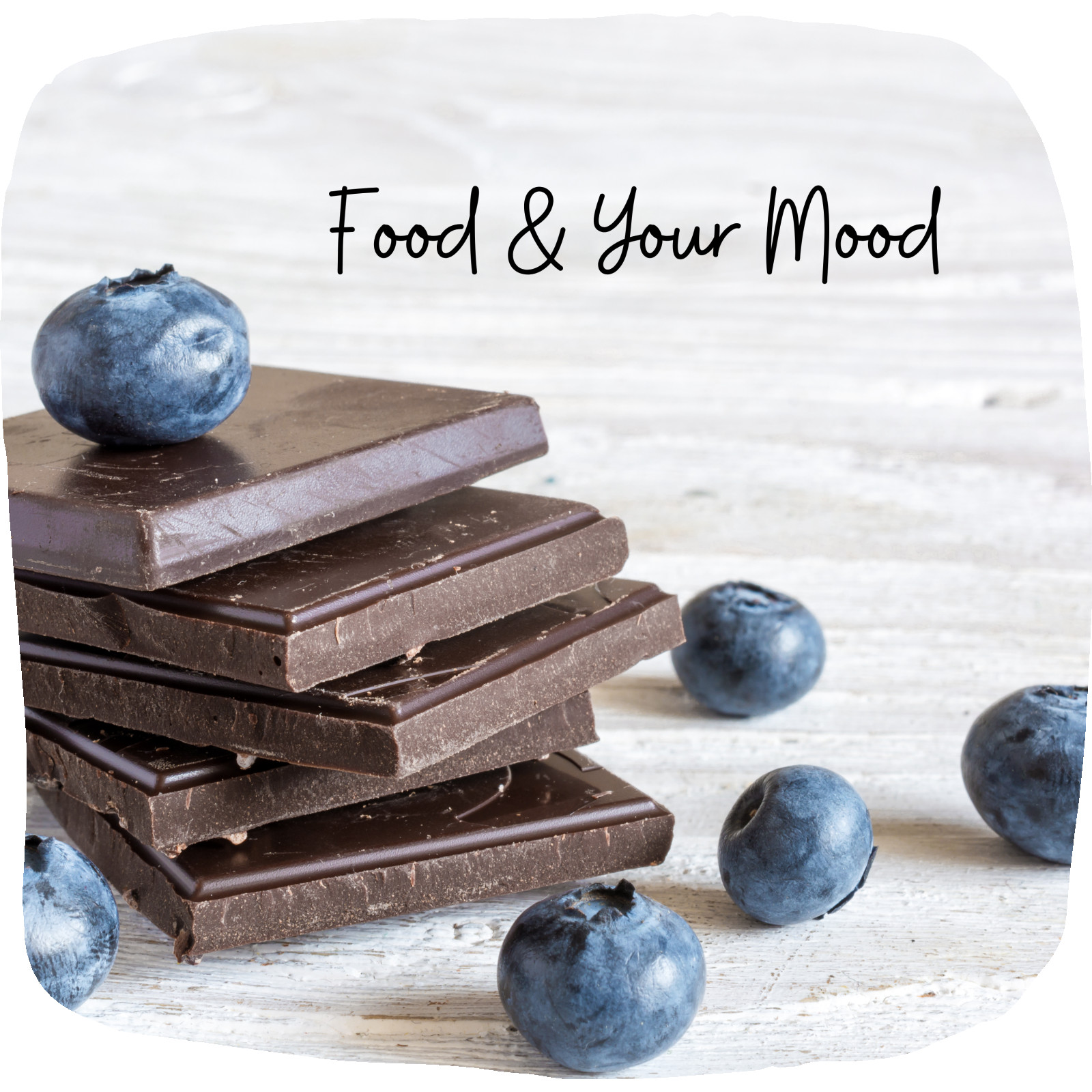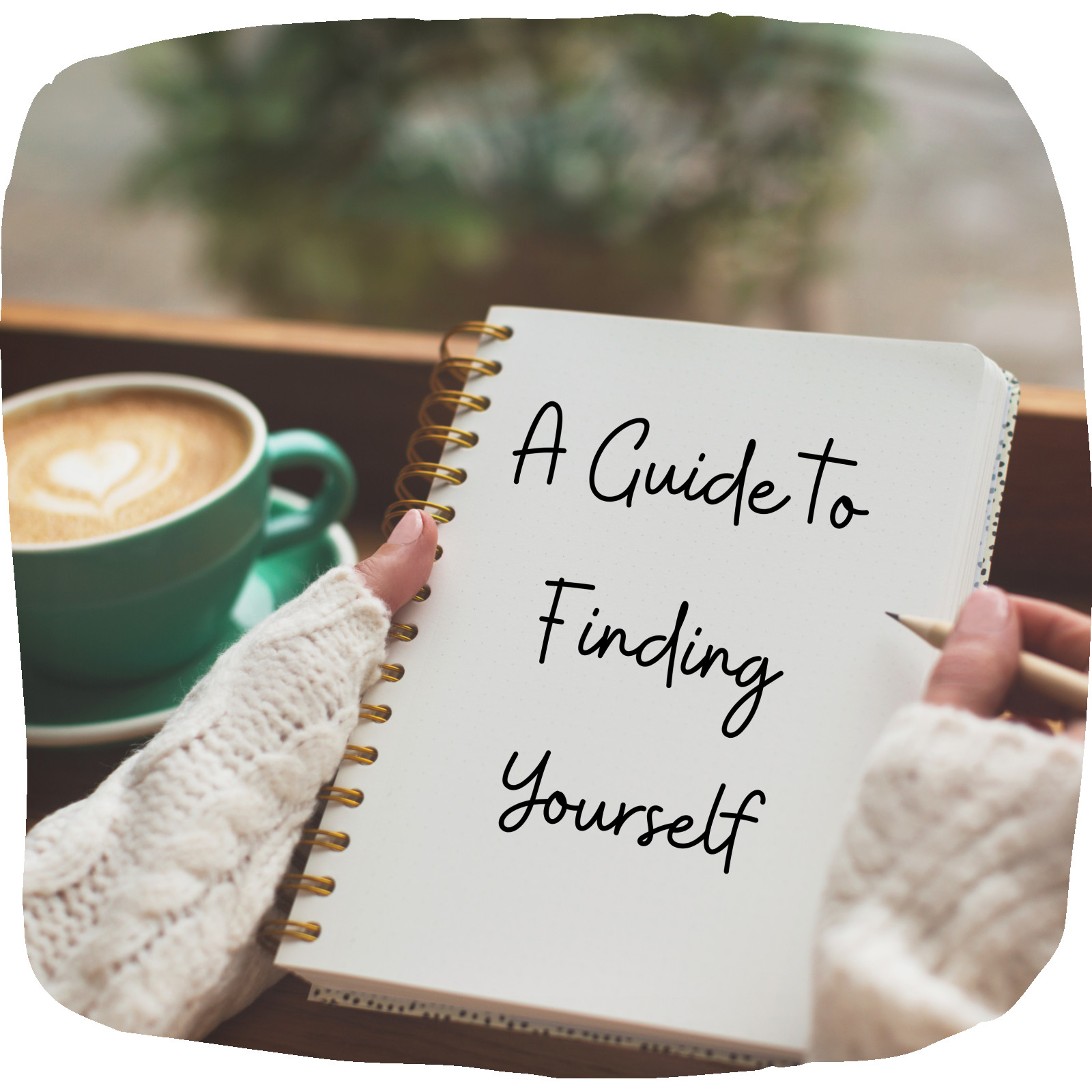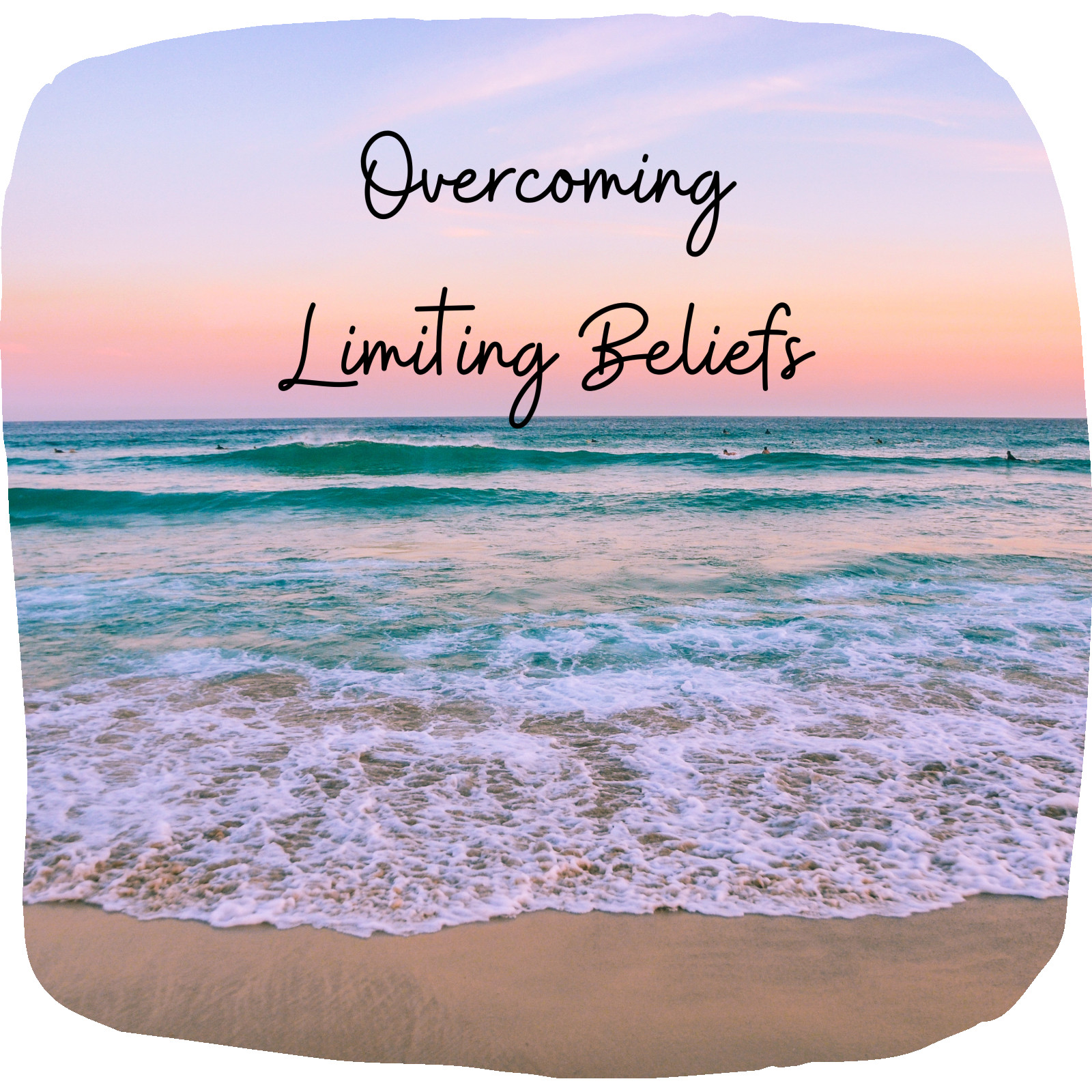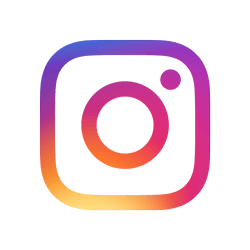
Have you ever wondered why your body feels “off” some days and amazing the next? Those signals aren’t random. They’re your body’s way of communicating its needs to you. And the truth is, no one knows your body better than you. The trick is learning to listen.
Once you start paying attention, you’ll notice how much your body has been trying to tell you all along. Learning to tune in isn’t just about avoiding discomfort; it’s the key to better health, more energy, and a greater sense of balance in your daily life.
If that sounds easier said than done, don’t worry—I’ve got you. Here’s how you can start tuning in to your body’s signals and figuring out what they’re telling you.
Why Listening to Your Body is Essential
Your body is talking to you 24/7. Maybe it’s the tension in your shoulders when you’re stressed or the stomach flutters before an important moment. These little cues are messages, asking you to pay attention and make changes when needed.
When I was diagnosed with fibromyalgia at the age of 19, I learned (the hard way) how important this was. No one told me to listen to my body, but over time, I figured out that certain activities led to more pain and longer recovery times. It wasn’t easy, but once I began to notice patterns, everything started to make sense.
Listening to your body could mean the difference between thriving and merely surviving. And the best part? It’s a skill you can develop, no matter where you’re starting from.
Common Body Signals You Might Be Ignoring
Your body sends signals in so many ways. Here are just a few examples to watch for:
- Tense muscles: A sign that your body needs rest, relaxation, or stress relief.
- Stomach discomfort: Could be linked to diet, stress, or emotions.
- Headaches: Often tied to dehydration, poor posture, or even emotional tension.
- Brain fog: A telltale signal of needing sleep, better nutrition, or a mental reset.
Recognizing these signals is the first step. Decoding them takes practice, and that’s where journaling becomes a game-changer.
How to Use Journaling to Understand Your Body
Keeping a journal allows you to track what’s happening in your body and identify patterns over time. Don’t worry, it doesn’t have to be fancy. A simple notebook works just fine, but guided options like the Dailygreatness Wellness Journal can give you a bit more structure.
Here’s what to note in your journal to start reconnecting with yourself:
- What you eat and drink: Write down your meals, snacks, and hydration levels. How did each make you feel afterward?
- Your physical activity: Record your workouts or general movement. Did you feel energized or drained?
- Self-talk: Pay attention to your thoughts. Were you uplifting yourself or being overly critical?
- Interactions with others: Notice how the people around you influence your mood and energy.
- Symptoms and sensations: Note any tension, pain, or other physical signals.
At first, it might seem like a lot to track. Start small. Focus on food, exercise, or one other area that feels most relevant to you right now. Over time, your notes will help you connect the dots and figure out what your body is really asking for.
Start Small and Stay Consistent
One of the biggest challenges with learning to listen to your body is not expecting instant results. It’s easy to get discouraged if changes don’t happen overnight, but trust me on this one. The work you put in now will create the foundation for long-term health and happiness.
Begin with just one area. Maybe you start tracking how food affects your energy levels or how your body feels after different workouts. When that becomes second nature, layer in something else. Little by little, you’ll start recognizing your body’s patterns and responding intuitively.
You’re Worth the Effort
There will be days when it feels overwhelming, and you’ll be tempted to give up. But don’t. This isn’t just about solving the headaches or fatigue in the moment—it’s about building the relationship you have with yourself. You are worth the energy it takes to figure this out.
Whatever you do, keep moving forward. This process is for you. It’s about showing up for your health, your happiness, and the best version of yourself.
It is also important that you use the right essential oils if you’re exploring those options. If you need help, reach out to me for guidance.
Love this blog? Check out my guide to Fitness Over 40. Get it here.
xoxo Angela

Nutrition Is Not One Size Fits All
Doesn’t it feel like everywhere you look, there’s a new “perfect” diet being hyped? Keto, Paleo, vegan, low-carb… it can be exhausting trying to figure out what’s right for you. But here’s the truth no one tells you enough: nutrition is not one size fits all.
Earlier this year, we decided to try the Paleo diet together. (Think caveman food—lots of meat, veggies, nuts, and seeds, while ditching processed foods, grains, and dairy.) Brandon had previously seen great results on a Keto diet, and because the two are pretty similar, I figured, “Why not?” If it could help him feel better, I was in.
The Great Paleo Experiment
For a couple of months, we stuck to the Paleo lifestyle, and things were… interesting. Brandon was seeing major success. He dropped 20 pounds and felt fantastic. Me? Not so much. Somehow, I managed to gain 10 pounds, which was unusual for me. I’ve never been someone who gains easily, so this result had me scratching my head.
It got me thinking about what had worked for me in the past. When it comes to animal protein, I’ve always preferred fish or chicken and have never been big on red meat. I’ll happily eat rice and other grains, and a few years ago, I gave a vegetarian lifestyle a try. Surprise—I felt amazing during that time.
The more I thought about it, the more I realized something important. There are so many diets and ways of eating out there for a reason. What works great for one person might leave someone else feeling sluggish or gaining weight.
Why Our Dietary Needs Are Different
This realization led me to dig deeper into why our bodies respond so differently to the same diets. During my research, I revisited the Blood Type Diet, which I’d read about years ago. It turns out the theory behind it was surprisingly accurate for Brandon and me.
Brandon is Type O, which means his body thrives on a high-protein diet with minimal grains and legumes. That explains why Paleo worked so well for him. I, on the other hand, am Type A, which means a largely plant-based diet is ideal for me. Suddenly, it all made sense!
Our dietary responses are affected by so many factors, like genetics, age, activity levels, and even blood type. And the more you think about it, the clearer it becomes. We’re all so unique in how our bodies handle illness, movement, food, and even external conditions like temperature. Why would we expect one diet to work for everyone?
The Importance of Personalized Nutrition
This is what makes personalized nutrition so powerful. Instead of trying to follow one-size-fits-all advice, you can learn to tune into your body and create a way of eating that supports your health and goals.
For me, experimenting and listening to how my body responds to changes has been a game-changer. It’s not about following the latest trend. It’s about figuring out what makes you thrive because no two bodies are exactly the same.
What’s Worked for You?
I’d love to know, what diets or lifestyle changes have you tried? Which ones worked like a charm, and which ones were a total flop?
If you’re ready to start exploring what works best for your body, I’ve got something that could help you take the first step.
Take the Next Step
Your perfect “diet” isn’t about following someone else’s rules; it’s about discovering what’s right for you. Take my Dietary Self-Assessment Quiz to find out more about your unique body and its needs. This quick quiz can help you uncover the key to fueling your energy, health, and vitality!
xoxo Angela
